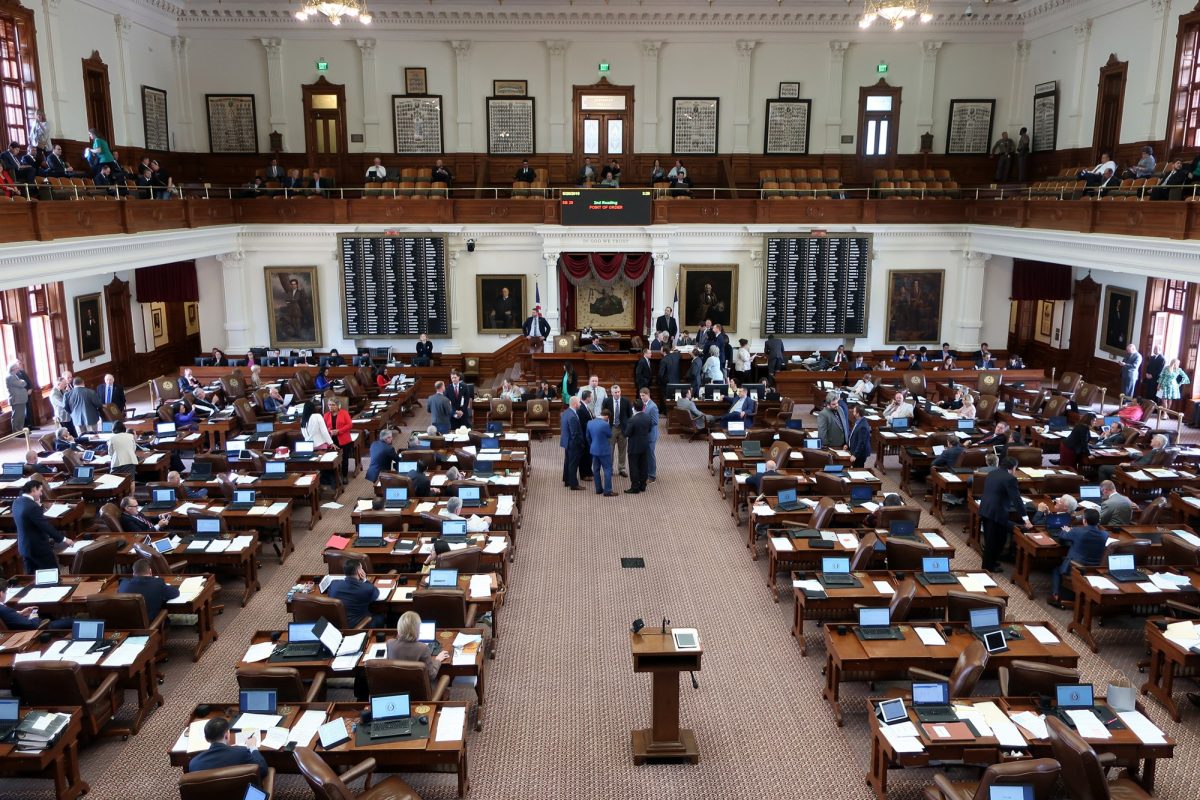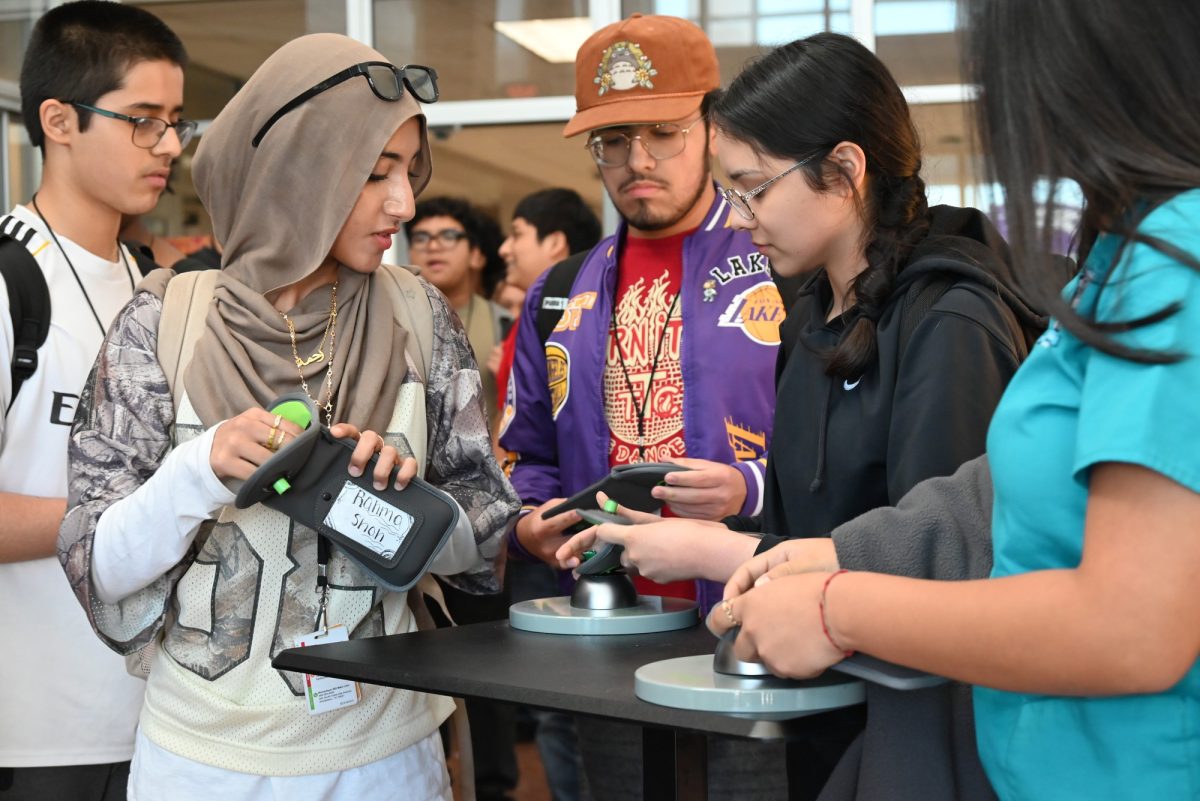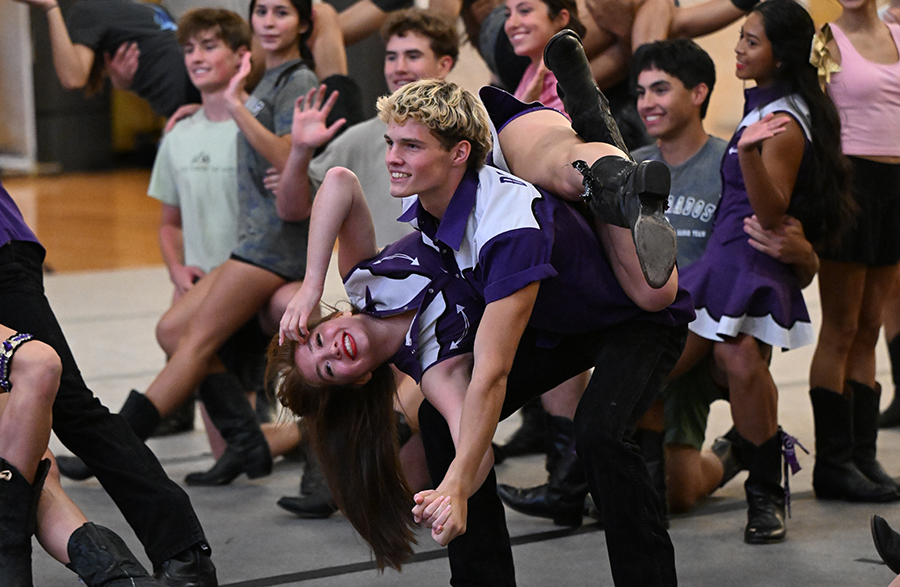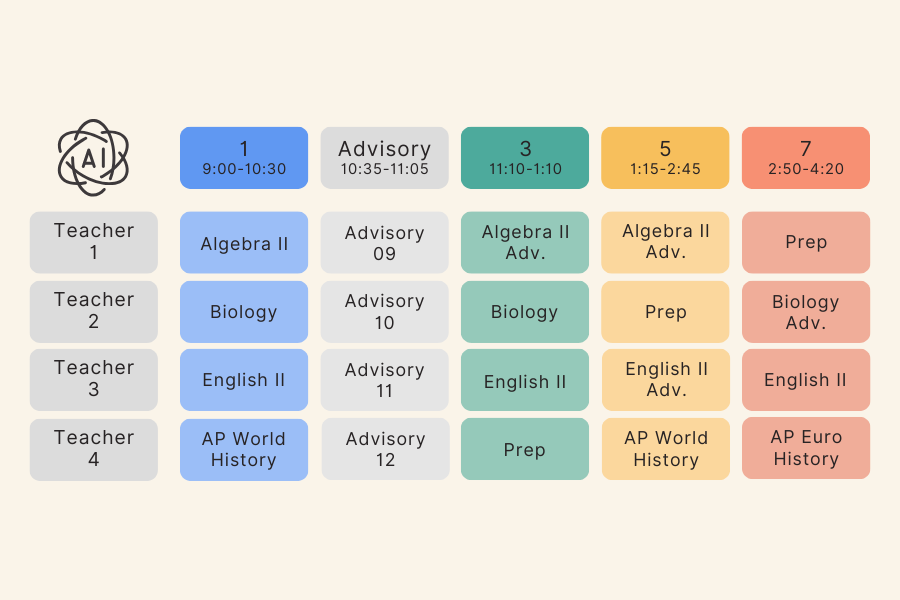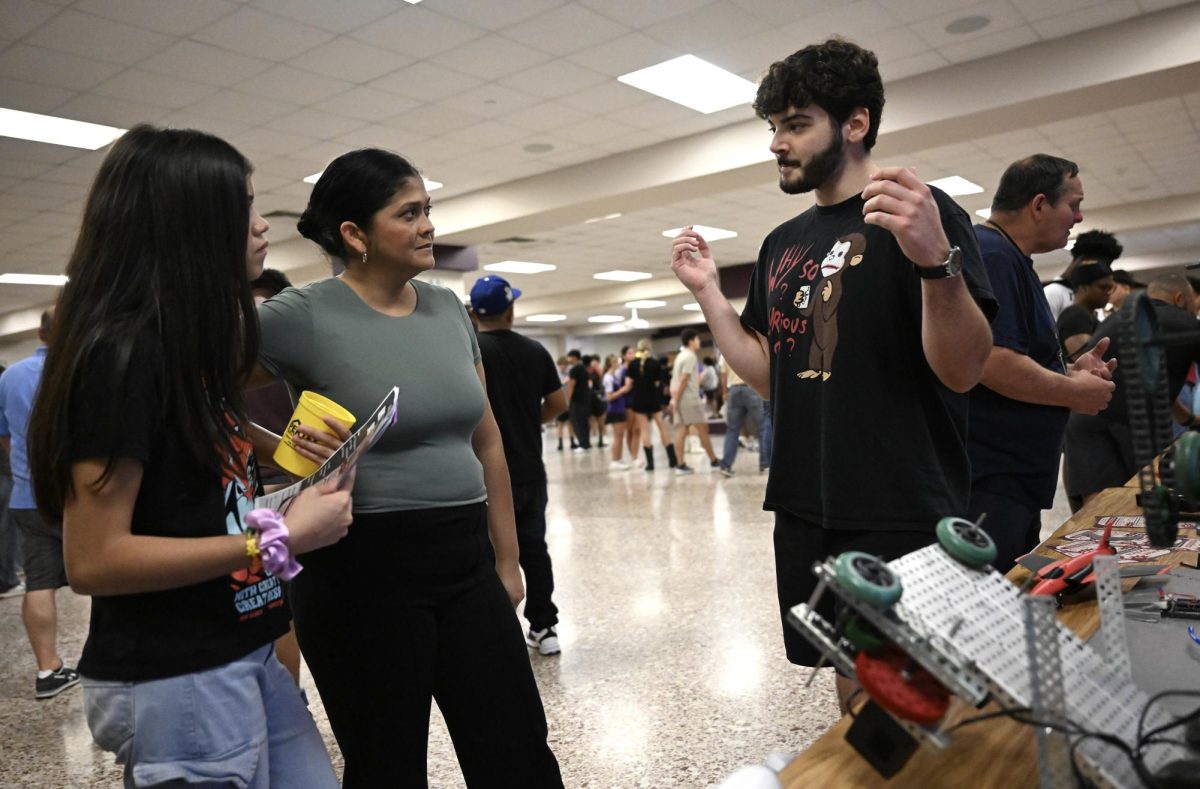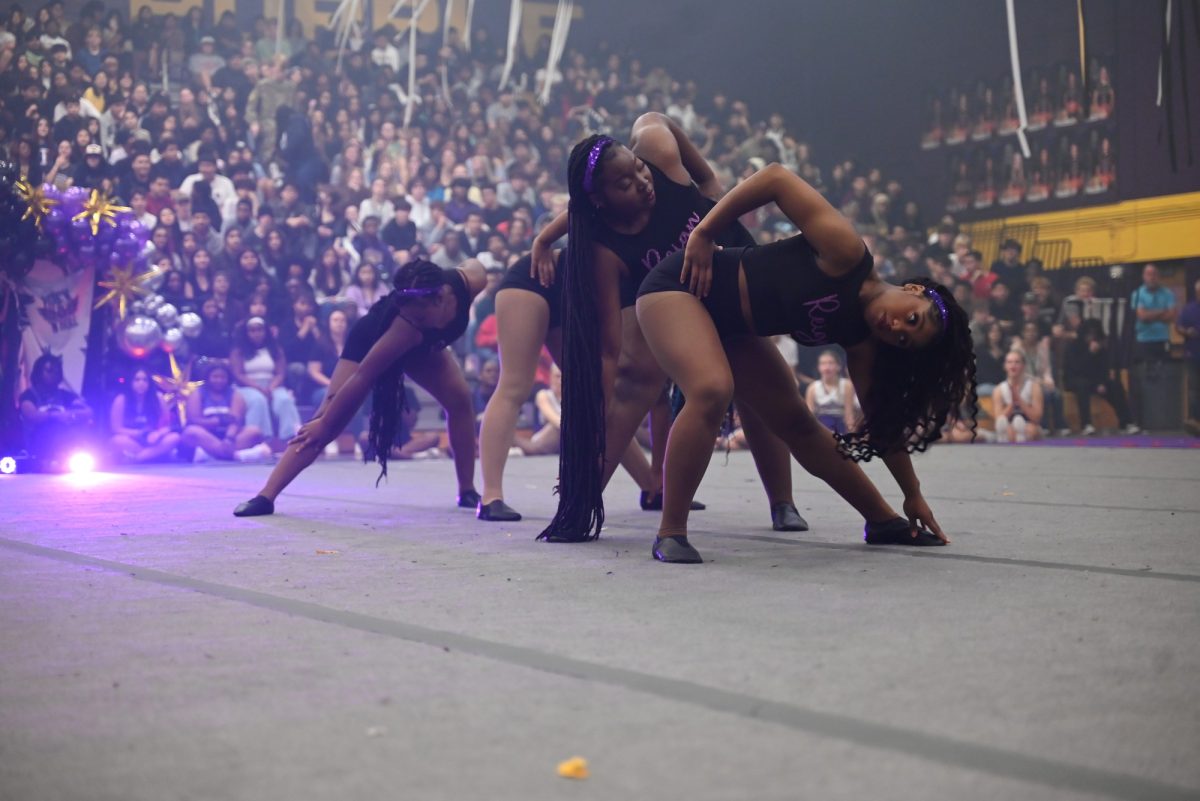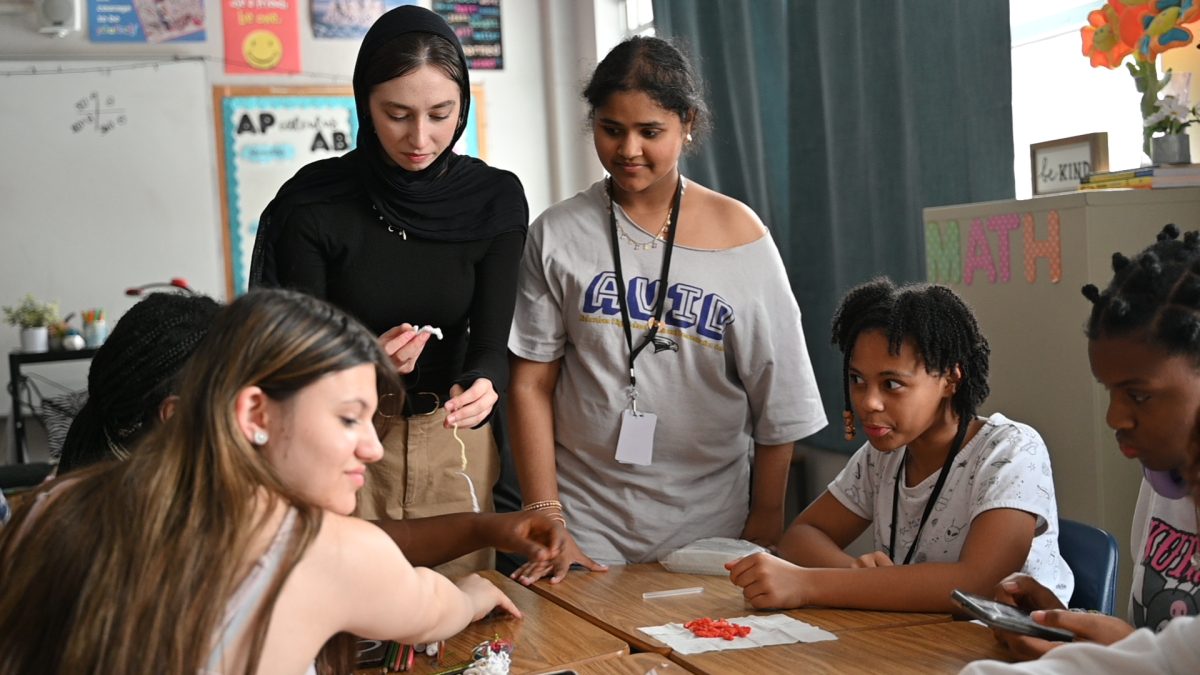The Texas Senate passed Senate Bill 2 allowing families to apply for $10,000 vouchers to send their child to private schools. SB 2 was sent to the Texas House on February 6. The House should vote against the bill.
SB 2 creates an education savings account totaling $1 billion of taxpayer money for approximately 100,000 students to attend private schools or receive homeschooling. Students can receive a $10,000 voucher annually to attend an accredited private school. Students with disabilities receive an additional $1,500 and those homeschooling could receive $2,000.
Passing this bill will have dangerous consequences to public schools who are already financially struggling because of severe budget deficits. Texas funds public schools based on the number of students attending which is currently $8,948 per student. However, the funding has not been increased since 2019 and schools have been forced to adjust since then by cutting programs, reducing teachers and even closing entire schools. Passing SB 2 will further decrease public school’s funding because for every student that leaves a public school, the funding for that student will be cut.
As an example, Florida implemented a $2.8 billion voucher program in 2021. As a result, their education funds decreased by 11 percent by 2024. Texas public schools will meet the same fate if the House decides to pass SB 2. Students will leave public schools along with their funding, yet school will still have to pay for facilities, staff and other fixed expenses. Reduced funding for public schools will also worsen the quality of education, reduce resources and reduce the number of experienced teachers.
Governor Greg Abbott, a long supporter of vouchers and who pushed SB 2 to be passed, has consistently denied any harm to public schools.
“School choice doesn’t take a penny from public schools,” Abbott wrote. “It’s funded separately like roads and water.”
Yet his statement contradicts Texas Education Agency official Steve Lecholop who has acknowledged the consequences despite supporting voucher-like programs on a leaked phone call.
“School districts, what they have to do if they lose a student, [is] be smart about how they allocate their resources, and maybe that’s one less fourth grade teacher,” Lecholop said.
Implementing a voucher program will result in less funding for public schools which will force them to cut teachers across all classrooms. Students who rely on public school education will be severely impacted as public schools are designed to be available and accommodating to everyone. Private schools, on the other hand, aren’t.
Passing SB 2 uses public taxpayer money for private schools that aren’t inclusive to all students. Texas has around 1,200 private schools yet only 67 specialize in serving students with disabilities. Those schools are mostly concentrated in the Dallas-Fort Worth area, Harris County and San Antonio. There is severely limited options for private schools accommodating for disabilities in more rural areas. Simply providing students with disabilities an extra $1,500 won’t solve for the lack of quality education they will receive. Private schools don’t have to accommodate because they aren’t bound to the same laws public schools are. For example, Free Appropriate Public Education requires public schools to provide special education to meet the needs of students.
The average cost of tuition of private schools in Texas is $11,050. A $10,000 voucher isn’t enough to cover tuition plus any fees or additional school supplies. Private schools with a higher tuition cost don’t have to opt-in to the voucher program and accept the $10,000. Families will still have to pay the difference. The options are limited especially for low-income families who can barely afford to spend an extra $1,000. Families will end up going back to the under-funded public schools. While the bill reserves a majority of the vouchers to low-income students and those with disabilities, private schools aren’t inclusive to them nor do they have to be.
Private schools are also exclusive to students of a different faith. 71 percent of private schools in Texas are religiously affiliated, most commonly Christian and Catholic. Religious or secular families wouldn’t want to enroll their child into a school of a different faith which limits educational opportunities for them. Taxpayers also wouldn’t want their money spent on institutions they don’t believe in. It isn’t the responsibility of taxpayers to fund private or religious institutions, nor is it the state’s.
The separation of Church and state is mentioned in both the U.S.’s Constitution under the First Amendment and Texas’s Constitution under Section 6 of the Bill of Rights. Passing SB 2 questions the role of the Texas Legislature and whether or not they can uphold their own Constitution.
The First Amendment prohibits the government from establishing a religion. Directing tax dollars to mostly religious private schools violates this clause. No government has the authority to support a religious institution, nor can they oblige anyone.
Section 6 of Texas’s Bill of Rights states, “No man shall be compelled to attend, erect or support any place of worship, or to maintain any ministry against his consent.”
Using taxpayer’s money to fund religious schools is support without their consent. Passing SB 2 will set a dangerous precedent of infringing the separation of Church and state.
Supporters of SB 2 such as Abbott have said vouchers will allow students and their families to have more opportunities in education by giving them the option of attending private schools or homeschooling. However, students wouldn’t need to be seeking other options if public schools weren’t struggling with severe budget deficits. Abbott is currently sitting on a $22 billion surplus in Texas’s education budget yet he’s been prioritizing giving money to private schools.
It isn’t the state legislator’s responsibility to fund private schools. It’s certainly not their obligation to prioritize private schools over public. Private schools are still limited with or without vouchers because they don’t accommodate for students with disabilities, don’t adhere to laws for equal education, are mostly religious and are scarce in rural areas. The majority of families will still be forced to rely on public schools. Therefore, a solution is needed to improve Texas’s public education system and provide better public education options to students. Whether the funding for the solution will come from SB 2 or the surplus in the education budget, the Texas Legislature must prioritize public education first.
The Texas House should vote no on SB 2 because it harms public schools, limits opportunities in education and infringes on the separation of church and state. Instead, a bipartisan solution is needed to improve the public education system and provide better educational opportunities to students.

